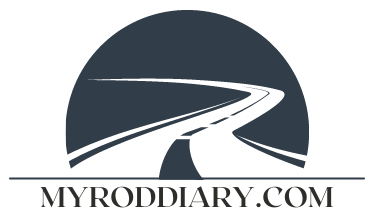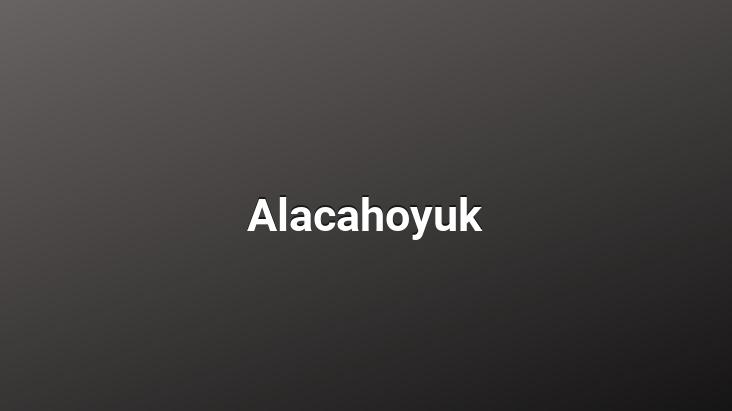I finally started Ramses, which consists of 5 series that I was very curious about and never had the chance to start.. But I didn’t get much pleasure in the book 1 series, what can I lie?. However, when the Hittite Empire was included in the book after 2 series, the book started to become more immersive.. Whenever the orc sees it, I have the book of Ramses in my hand Yes, this is the first time I have finished the book in such a long time, but it was not because the book bored me or the subject did not interest me, it was because I really did not want the book to end.. I will not go into the content of the book, but after I finished it, my curiosity about this small tribe (Hittites) Hattutaş also mentioned in the Bible began. I decided to go to Alacahöyük when my job was done in Çorum.
HITITE EMPIRE PERIOD IN BRIEF
The principalities in Anatolia in the era of the Assyrian Trade Colonies were: Neşa (Kaneş), Hattuş, Mama, Purushhanda, Kuşşara and Zalpa. He ensured the establishment of a central state in Anatolia during the time of Pithana and his son Anitta, which is mentioned in written documents.. Anitta Neşa took the title of great king for the first time by capturing Zalpa and Hattush.. The Hittite State was officially established.
The first King of the Hittite Empire II. is Tuthaliya. II. One of the most important kings after Tuthaliya was Mutavalli.. During the Mutavalli period, domination was established in Anatolia and then expeditions were made to Syria.. The Kadesh War with Egypt also took place in this period (1274 BC).. The Kadesh Treaty signed in 1269 BC was the first written treaty in history.. A copy of the Antasma tablet is on display at the entrance to the United Nations Security Council in New York. After the wear and tear caused by the Battle of Kadesh, the Empire became indestructible and began to decline over time.. The Hittite Empire was destroyed by the Kaşkas from the Black Sea mountains in 1200 BC.
ALACAHÖYÜK
160 km from Ankara. east of Çorum, 45 km.. southwest of Boğazköy-Hatusa, 25 km.. It is located in the northeast.
Alacahöyük Discovered by W.Hamilton in 1835. The first excavations in Alacahöyük, which has been visited by many travelers and scientists since this date, were carried out in 1907 by Theodor Makridi on behalf of the Istanbul Museums.. Systematic excavations in Alacahöyük, which is the first Turkish excavation by the Turkish Historical Society after the foundation of the Republic of Turkey, were started in 1935 with the directives of Atatürk.. 4 civilizations have been identified in Alacahöyük, which was a very important art and cult center in the Old Bronze and Hittite era.
DOOR WITH SFENKS
The width of the Sphinx Gate, which was built with andesite blocks on a limestone foundation, is 10 meters. The Door with the Sphinx is the monumental entrance to the great temple, to which it is connected by a road. The outer faces of the large willow blocks on both sides of the entrance are decorated with sphinx protomes.. The outer and inner faces of the towers are decorated with embossed orthostads.. In the left tower, the bull standing on the pedestal symbolizes the “Storm God of the Heavens”. In the following block, in front of the altar, the sacrificial animals goats and rams are watched by figures performing with ladders and daggers.
On the block behind him, one carries a small animal, possibly a riton, and the other plays saz-guitar. In the last block, a large bull steered to the right on two wheels is seen.. The high projection on its back suggests that it was a cult object.
The reliefs showing a goddess sitting on her throne and her worshipers on the right corner blocks are preserved in situ.. The celebration of a cult festival is animated in the Alacahoyuk “Door with Sphinx” series.
ANCIENT BRONZE AGE TOMBS (2500-2000 BC)
Alacahöyük Old Bronze Age “King” tombs, which have a very important place in the enlightenment of the indigenous Hatti civilization, which is the leading culture of the Hittite culture, are the most important finds of this age.. The largest of the tombs are 30 square meters and approximately 1 meter deep.. The dead and the items that are planned to be buried with him are in a regular system and the deceased is placed in the western part of almost every grave.. The head of the deceased was always placed to the west, and his face was always turned to the south.. Most of the gold and silver jewelery was found on the body.. Apart from this, special items such as idols (stylized god and goddess figures), weapons, vessels or jugs were left next to the deceased.. Sun discs are original artifacts left in the graves as gifts from the dead.. These belong to the Hattians who lived in Anatolia before the Hittites.. The fact that the sun discs were surrounded by bull horns, the sacred animal of the period, shows that it had a cultic function.. The sun discs representing the gods and the universe were left in the grave as a result of a religious belief.. The bull and deer statues found alone in the same tombs are then represented to the gods as in the Hittite period.. Rectangular tombs built with stones on all four sides; After the burial ceremony, it was covered with wooden beams and plastered with clay soil.. Above this are left the heads of cattle and leg bones sacrificed as part of the burial ceremony.
SUN COURSE
In the last phase of the Old Bronze Age (ca.. 2500-2000 BC), the kings and queens of the Hatti country, as well as their priests or nuns, were buried in these tombs of surprising wealth.. The dead create their gifts of gold, silver, electrom, copper and bronze, and artifacts made of amber, genuine clay and iron.. Bull and deer figures and sun discs among the dead gifts are also important finds.. A significant part of these belong to religious objects, which are unique in Anatolia and beyond, and most of them are connected to other world views.
The fact that the sun courses are surrounded by the horns of the bull, the sacred animal of the period, shows that they have a cultic function.. Animals such as bulls and deer standing in the middle of the curves symbolize the god, the part universe formed with various decorations around it, and the sunlight in some birds.. The symbols in the form of a rayless wreath represent the sky circle, and the animals in the middle represent gods.. The bulls represent the greatest god (Sky-Air God), and the small circular wobbles on some sun discs represent the stars, and these courses, which are carried by hanging on a handle in religious ceremonies, were used to make sounds.. The decorations of the sun disc bear the characteristics of Hatti art.. The sun discs representing the gods and the universe were left in the tombs as a result of a religious belief.. Worn on the tip of a stick during religious ceremonies, these symbols are carried in front of the procession.
WEST GATE TUNNEL
KING AND QUEEN TOMBS
13 separate tombs belonging to the kings and queens of the Hatti country were discovered.
The chamber tombs belong to adult men or women. No children or infants were found.. The gifts of the dead were placed next to them and the top of the tomb was covered with trees in the form of a roof.
The tombs of women (Queens) are unique in terms of abundance of ornaments, metal and precious stones, technique and form.. Gold diadems, crowns, pins, bracelets, chokers and necklaces, earrings, hair rings, hairpins, ear plugs, silver combs and copper mirrors form the distinguished ornaments left in the tombs.. Various gold dress and belt ornaments showed that the dead were buried dressed in clothes.
The Alacahoyuk tombs provided the best examples of the gifts of the dead related to religion and cult.. Undoubtedly, the most important works of this group are sun discs.
The other group works, which were left in the royal tombs, are boa and deer statuettes made with casting technique, standing on a pedestal.
Idols and human figures form other religious and cult-related finds left in tombs.. Flat idols are made of silver and copper. Nude female copper figurines carrying pots in their hands are the first metal figurines of Anatolia.. It is thought that these figurines, which served to serve food and drink, also accompanied the dead in the next world and participated in the cult of the dead themselves. The King or Queen, but also a priest or priestess of his country, is buried. The rich burial gifts in these tombs are unique archeological documents of Anatolian/Hatti creativity, proving the existence of a high culture in the area between Kızılırmak and Yeşilırmak.
SummaryArticle NameAlacahöyük ÇorumDescriptionÇorum Alacahöyük Discovered by W. Hamilton in 1835. The first excavations in Alacahöyük, which has been visited by many travelers and scientists since this date, were carried out in 1907 by Theodor Makridi on behalf of the Istanbul Museums..

